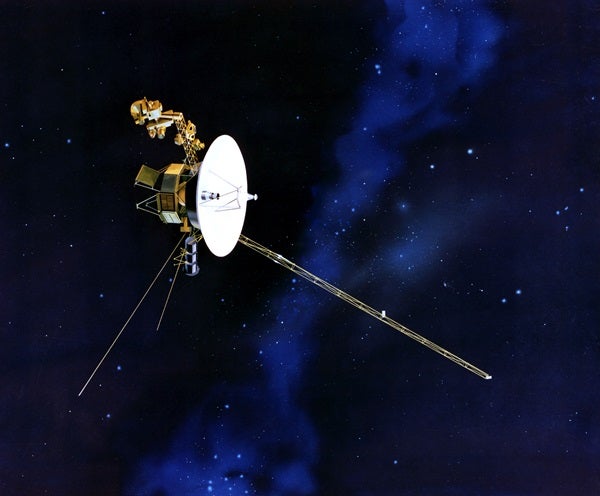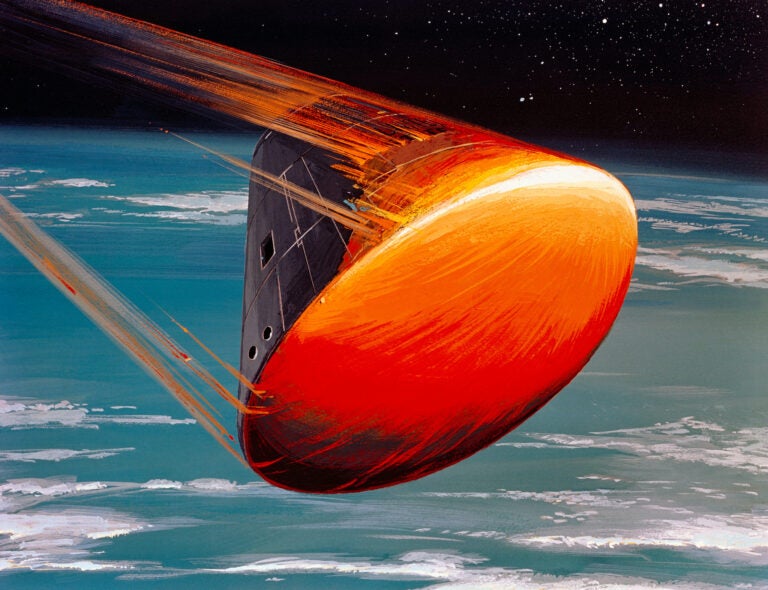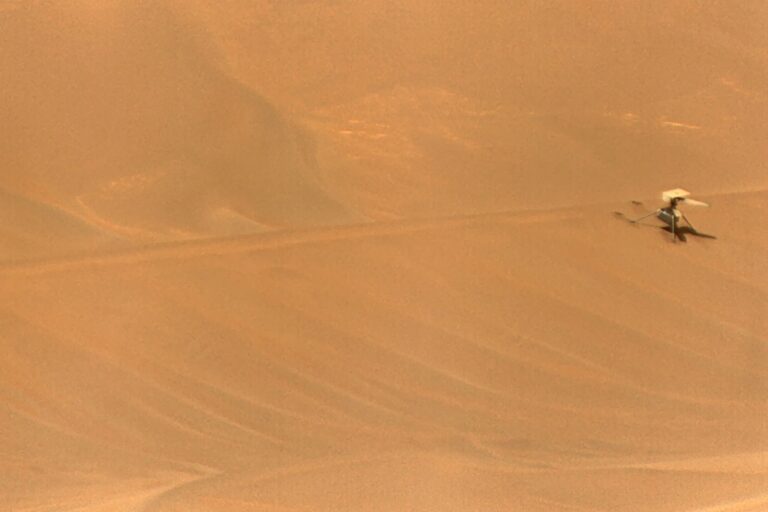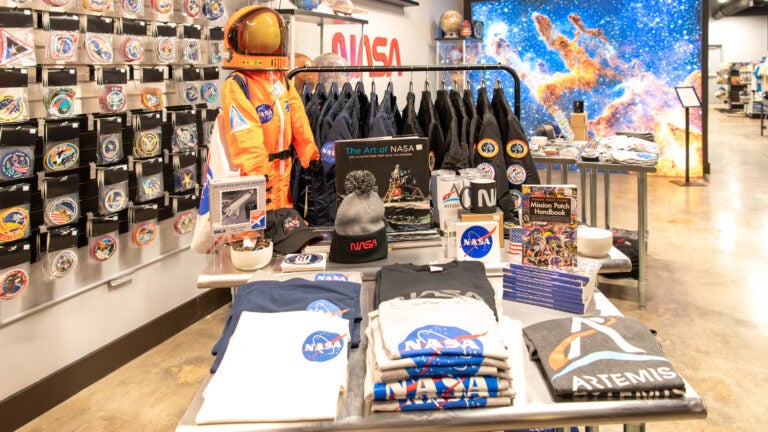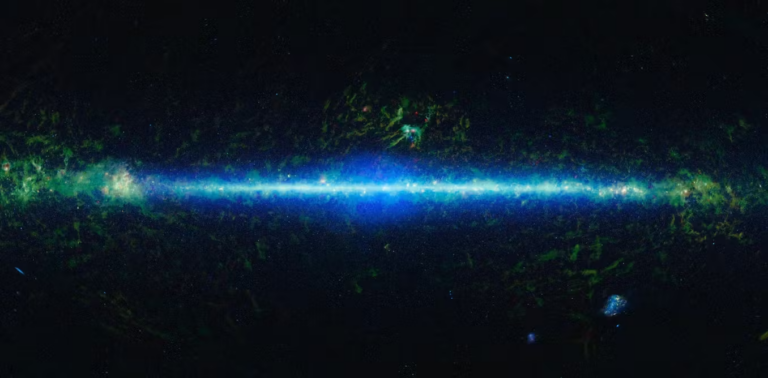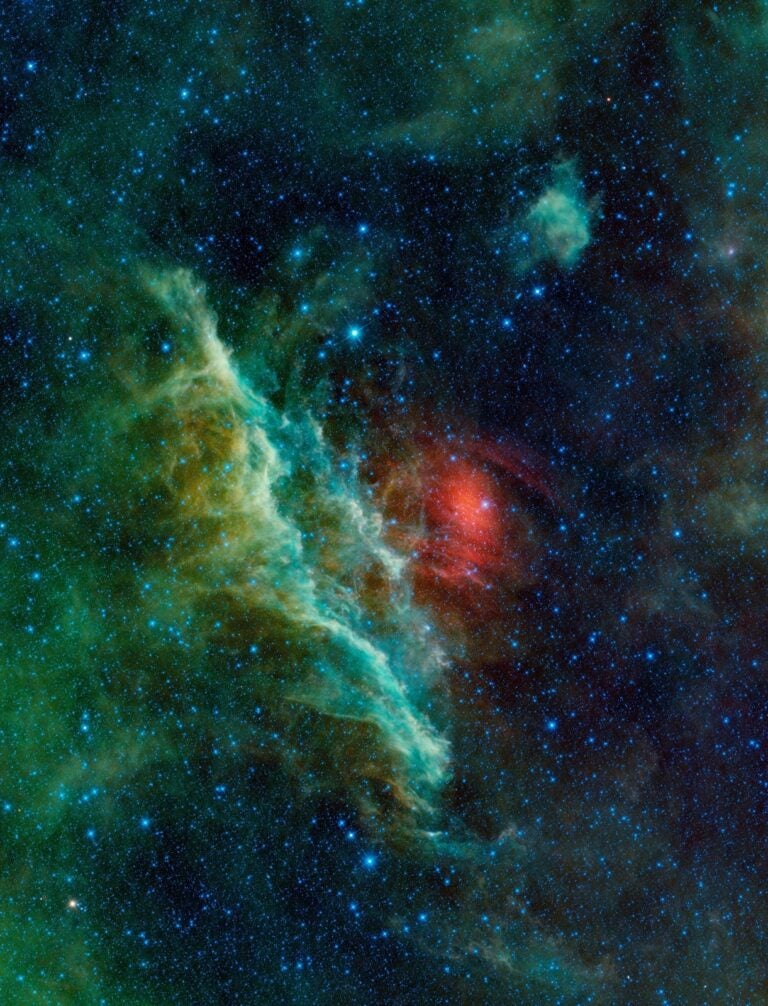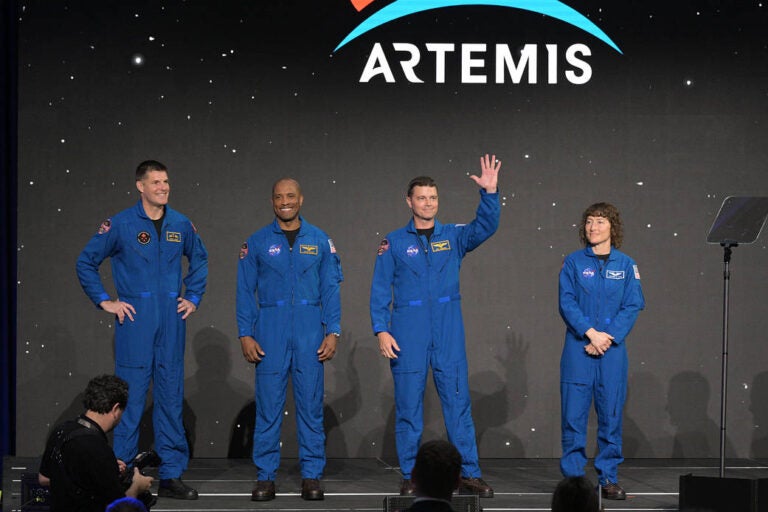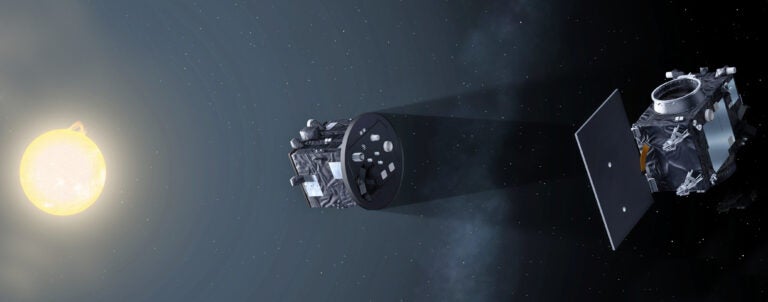It’s not just a cloudy day somewhere here on Earth. For Hubble, it’s always a cloudy day along the paths of the Voyagers 1 and 2.
Mind you, Hubble can’t see the car-sized probes that far out. But Hubble has actively been working with the Voyager probes to measure and define interstellar space.
The results are … weird.
“It looks like in our local neighborhood, there’s a big blob of stuff,” Julia Zachary, an undergraduate at Wesleyan University, said in a press conference at the 229th meeting of the American Astronomical Society. “That’s actually a cloud of interstellar dust.”
Those clouds extend out for several light-years. Voyagers 1 and 2 are headed in separate directions. When Hubble glances in the direction of each probe, it uses four total stars as guide posts. For Voyager one, those stars are Gliese 686 and Gliese 676A. For Voyager 2, that’s Gliese 780 and Gliese 754.
The Voyagers use their still-operational instruments to measure interactions between “outward moving solar wind and inward pressure from the interstellar medium.” Optically, Hubble can characterize what the materials in the path are.
The Hubble telescope’s images reveal that the clouds of dust can obscure the view of stars, dimming them in the same way a cloudy day on Earth can blot out the Sun. This is a problem for Gliese 754, the dimmest of the stars at 12th magnitude.
“Unfortunately we’ve had some trouble detecting magnitude features from (Gliese 754),” Zachary says.
There’s only a few years left to make these kinds of studies. The Voyagers are currently the only operational probes at or near the edge of interstellar space, but the decay of the Plutonium-238 inside each craft will reach a half-life within a decade that will dampen the ability of power output to match up with spacecraft needs. Even now, only the lowest power instruments, like the magnetometers and particle detectors, are online. After the P-238 energy is exhausted, the Voyagers will likely go dark.
The Voyagers are some of NASA’s oldest operating spacecraft. But be careful how you put that.
“Well … they’re not old,” Zachary said. “They’re only 40. It’s old for a space craft, let’s put it that way.”

